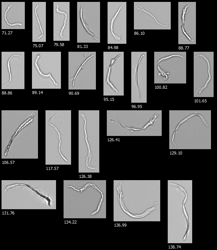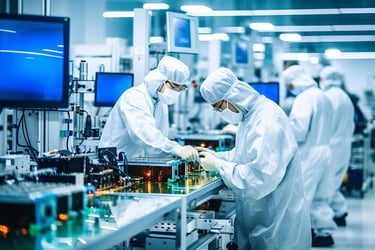 We recently spoke with Dr. Adam Hawkins, a Postdoctoral Fellow at the Frederick Smith School of Chemical and Biomolecular Engineering at Cornell University since 2019, where he received his Ph.D. in Geological Sciences. His research revolves around extracting geothermal energy through thermal hydraulic processes. He became interested in heat and mass transfer in porous media when he learned that no method existed to predict thermal-hydraulic performance in geothermal energy systems. Fascinated by the Earth's plumbing, he's developing novel theoretical approaches to predict heat and mass transfer.
We recently spoke with Dr. Adam Hawkins, a Postdoctoral Fellow at the Frederick Smith School of Chemical and Biomolecular Engineering at Cornell University since 2019, where he received his Ph.D. in Geological Sciences. His research revolves around extracting geothermal energy through thermal hydraulic processes. He became interested in heat and mass transfer in porous media when he learned that no method existed to predict thermal-hydraulic performance in geothermal energy systems. Fascinated by the Earth's plumbing, he's developing novel theoretical approaches to predict heat and mass transfer.
He's currently working with tiny spheres (hydrogels) that expand significantly when cooled. He uses them to extend the lifespan of geothermal heating sources. If the path of least resistance cools rapidly, these spheres expand and close off the pathway, causing water to travel through a higher-resistance pathway that may still be able to heat the water.
How did you first learn about FlowCam?
I discovered FlowCam while performing a detailed review of existing microscopes with flow-through capabilities. We found that the FlowCam 8000 series solved a critical problem for us by allowing us to resolve macroscopic behaviors with microscopic images. FlowCam's speed, flexibility (wide range of particle sizes), ease of use, and the in-lab demonstration offered by the sales team to characterize my samples convinced me that FlowCam was the right instrument for us.
What method were you using before?
Before FlowCam, we relied on a confocal microscope focused on a single, stationary particle. This approach was sufficient for determining particle size distributions and the Lower Critical Solution Temperature (LCST), but it could not provide insights into the particles' transport properties. As a result, we could not investigate the effect of adsorption, dispersion, and advection on the transport properties of these novel swelling particles.
How has FlowCam contributed to your research?
We are using FlowCam to image the transport properties of a unique swelling polymer. The swelling polymer exhibits a counter-intuitive volumetric expansion when local temperatures fall below the "Lower Critical Solution Temperature" (LCST). Imaging our particles under varying temperature conditions allows us to quantify single-particle properties (e.g., Equivalent Spherical Diameter) as a function of temperature. In addition, FlowCam imaging of the transport behavior of these particles allows us to visualize various flow regimes, including plug flow, stick-slip, and pulsatile flow.
FlowCam's primary contribution (so far) has been to confirm microscopic explanations of macroscopic observations. In particular, we now have a detailed understanding of changes in the "apparent" viscosity of our circulating solution. Below the LCST, our particle suspension's apparent viscosity can be as much as 1000x higher than pure water at an equivalent temperature. Above the critical temperature, the particles exist in a shrunken state and do not result in dramatically elevated apparent viscosities.

Pictured above are FlowCam images of the large size and aggregation of hydrogel beads in a cold sample (left) vs. the shrunken state and lack of aggregation in a heated sample (right).
FlowCam solved our problem of characterizing the transport properties of our novel swelling particles as a function of temperature and flow regime. Apart from enabling visualization of microscopic behavior, FlowCam has also rapidly increased our ability to quantify the particle size distribution of our novel particle suspensions that we synthesize in the Materials Science and Engineering Department at Cornell University.
Interested in learning more about FlowCam particle analysis for advanced materials?
Learn more about Dr. Hawkins's research here.











